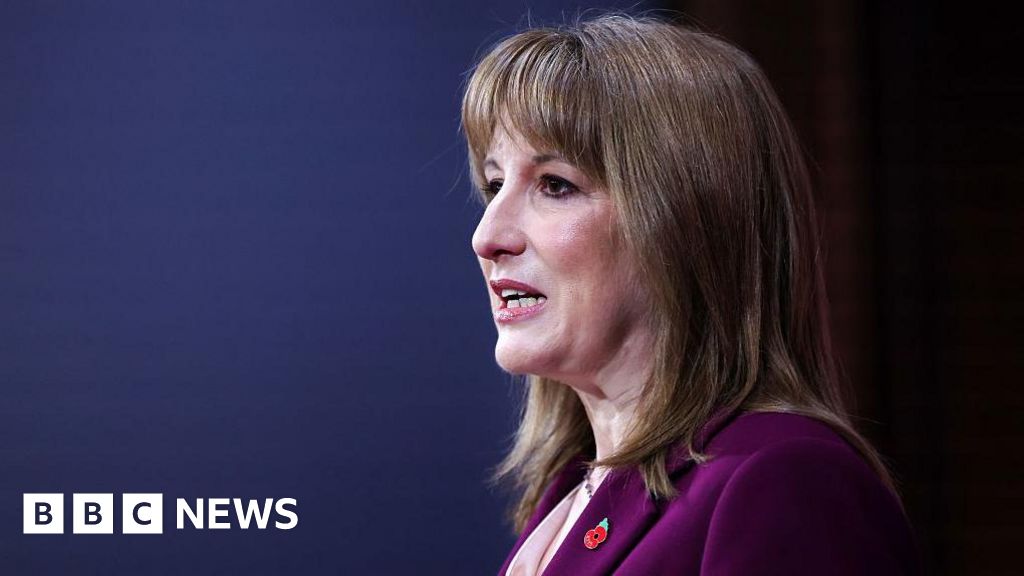
onlyfabrizio/Depositphotos
For the past few weeks, the once-close relationship between Russia and its strategic partner, Azerbaijan, a republic in the South Caucasus, has entered a period of deep crisis. This turn of events surprised many, especially considering that just a couple of days before Russia launched its full-scale invasion of Ukraine in February 2022, Moscow and Baku had signed a pact for strategic cooperation. But history has shown that Russia’s partnerships with former Soviet republics often become tense when those states attempt to pursue an independent foreign policy. Azerbaijan is no exception.
Russia, as the self-declared heir of the Soviet Union, which collapsed in 1991, has long considered the post-Soviet space as its exclusive sphere of influence. It has consistently reacted with hostility toward the former Soviet republics that try to assert sovereignty in their foreign or security policies. Some of the examples include military invasion of Georgia in 2008; persistent political and economic pressure over Armenia under Prime Minister Nikol Pashinyan since 2018; annexation of Ukraine’s Crimea in 2014, and a full-scale war against Ukraine in 2022. Azerbaijan now finds itself added to this list.
What makes Azerbaijan’s case distinctive is its resilience. With a population of around 10 million, it is a small state geographically, but not geopolitically. Its rich energy resources, strong alliance with Türkiye and Israel, and modern military – sharpened during the 2020 Second Karabakh War – have made it the strongest actor in the South Caucasus. Unlike Armenia and Georgia, Azerbaijan is less reliant on Russia and more willing to push back.
Russia’s diminishing power in the region has accelerated the process of reshaping the balance of power. The South Caucasus – comprising Armenia, Azerbaijan, and Georgia – has historically been a zone of unresolved conflicts. Russia has played a key role in perpetuating continuous instability, often fueling or managing conflicts to maintain control over the region. Its so-called peacemaking or peacekeeping efforts in the region have rarely been neutral. Following the 2020 Armenia – Azerbaijan war, Russia deployed troops to the Karabakh region of Azerbaijan under the guise of peacekeepers. But its real aim was to stay there forever by controlling important transport routes, especially the Zangezur corridor that connects mainland Azerbaijan with its exclave, Nakhichevan.
That strategy has failed. The ongoing war in Ukraine has drained Russia’s military resources and forced it to reduce its involvement in other places, including Karabakh. As Russian forces gradually withdrew from Karabakh, Azerbaijan reasserted full control over its territory. The Armenian – Azerbaijani conflict became less complex with Russia’s partial withdrawal from the entire region. The conflict between Armenia and Azerbaijan – what once seemed like a frozen conflict – now appears closer to resolution. For the first time in decades, there is a real opportunity for lasting peace in the South Caucasus.
One of the most striking developments is Armenia’s pivot away from Moscow. Russia still has troops in Armenia which clearly displeases the Pashinyan government. For over three decades, Armenia depended heavily on Russian military and economic support. Under Prime Minister Pashinyan, who came to power in May 2018, the country has begun to turn westward, seeking closer ties with the European Union and the United States. While this has made Yerevan a target of the Kremlin, it has also opened the door to greater national self-government.
At the same time, Azerbaijan – backed by Türkiye and Israel, and increasingly confident – has begun to challenge Russia’s influence more directly. Baku, like Yerevan, desires to completely free itself from the Kremlin’s influence. This dual shift is shaking the foundations of Russia’s dominance in the South Caucasus. If all three South Caucasus nations – Azerbaijan, Armenia, and Georgia – manage to break away from Moscow’s orbit, the path toward lasting peace and cooperation among all the three nations becomes much more realistic.
Recent developments point in that direction. In July 2025, Azerbaijani President Ilham Aliyev and Armenian Prime Minister Nikol Pashinyan held a five-hour meeting in Abu Dhabi, reportedly focused on finalizing a peace deal. While the details of the meeting remain confidential, the negotiations are believed to have included key issues such as border demarcation, the rights of ethnic minorities, and the future of the Zangezur corridor. Notably, this corridor – long desired by Russia as a point of leverage – could now become a symbol of regional connectivity, linking Armenia, Azerbaijan, and Türkiye in ways that strengthen peace rather than fuel conflict. The most striking point is that Baku and Yerevan now meet without Moscow, which was always present. This is a sign of the Kremlin’s diminishing influence over the region. That momentum has now carried to Washington, DC, where President Trump is hosting Aliyev and Pashinyan for trilateral peace talks – an opportunity that could bring an end to more than three decades of conflict between the two neighbors.
Obviously, Russia is not remaining passive. The Kremlin has begun to pressure Baku indirectly, though without concrete success thus far. For now, Moscow is focusing its efforts on destabilizing Armenia in hopes of indirectly influencing Azerbaijan. By supporting opposition groups and stirring internal unrest, the Kremlin aims to undermine Pashinyan’s government and derail the ongoing peace process. Yet these efforts appear increasingly ineffective. Pashinyan retains strong popular support, and many Armenians are tired of being used in Russia’s power struggles.
What Armenia and Azerbaijan need now is strong international support – not to prolong their rivalry, but to help bring it to an end. The conflict between them has deep historical roots, dating back to the final years of the Soviet Union. But after more than three decades of violence, displacement, and mutual mistrust, both nations are beginning to recognize that peace is in their own best interest. The time has come to end the conflict and begin recovering the lost decades through cooperation across multiple areas.
The moment is delicate but full of promise. If supported wisely, the South Caucasus can emerge from Russia’s shadow and embrace a new era of cooperation, development, and regional ownership. The global community – especially powers like the US and EU – should seize this opportunity to encourage diplomacy, economic integration, and mutual trust between Armenia and Azerbaijan. History has shown that no imposed peace is sustainable. But if the leaders of the region take the lead – and the international community supports their efforts – lasting peace may finally be possible.
Further Reading on E-International Relations
About The Author(s)
Dr. Ali Askerov is a faculty member at the University of North Carolina, Greensboro, specializing in peace and conflict studies. His research focuses on ethno-political conflicts, forced migration, refugee issues, and structural violence, with a recent emphasis on Russia’s aggressive policies. He has authored seven books and numerous articles.
Before you download your free e-book, please consider donating to support open access publishing.
E-IR is an independent non-profit publisher run by an all volunteer team. Your donations allow us to invest in new open access titles and pay our bandwidth bills to ensure we keep our existing titles free to view. Any amount, in any currency, is appreciated. Many thanks!
Donations are voluntary and not required to download the e-book - your link to download is below.

 Movie
Movie 3 months ago
148
3 months ago
148 





![Presidents Day Weekend Car Sales [2021 Edition] Presidents Day Weekend Car Sales [2021 Edition]](https://www.findthebestcarprice.com/wp-content/uploads/Presidents-Day-Weekend-car-sales.jpg)




 English (United States)
English (United States)